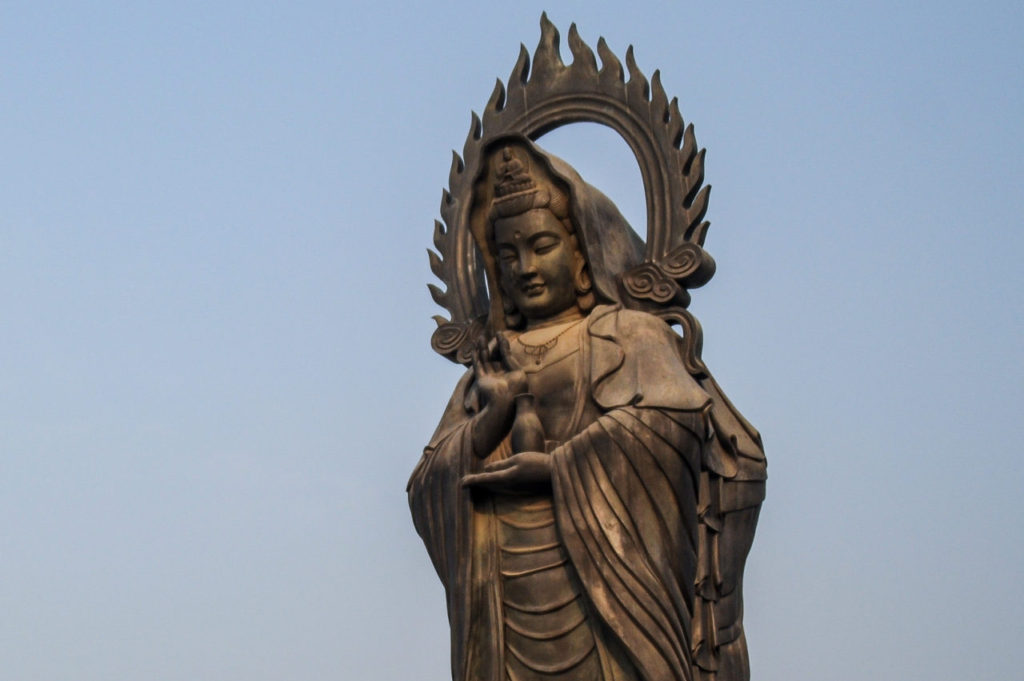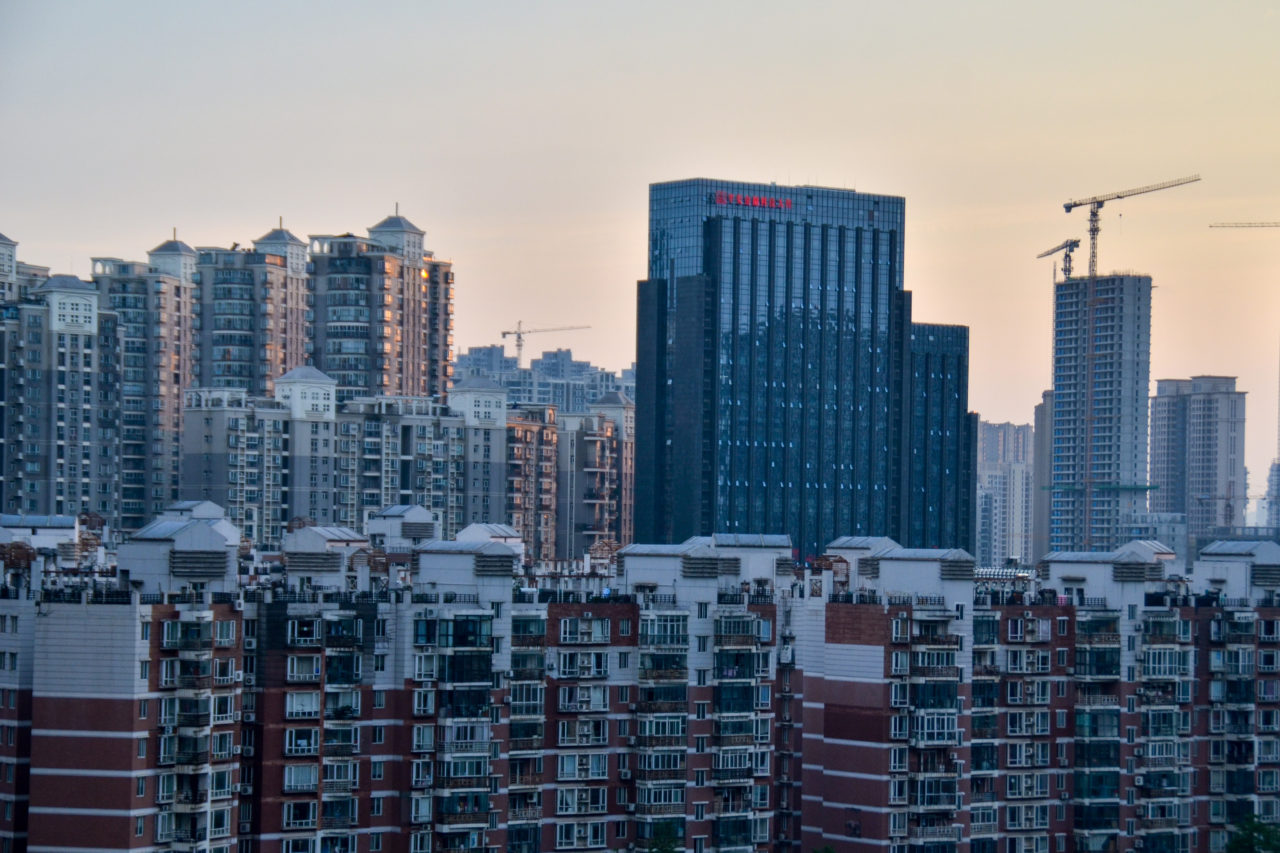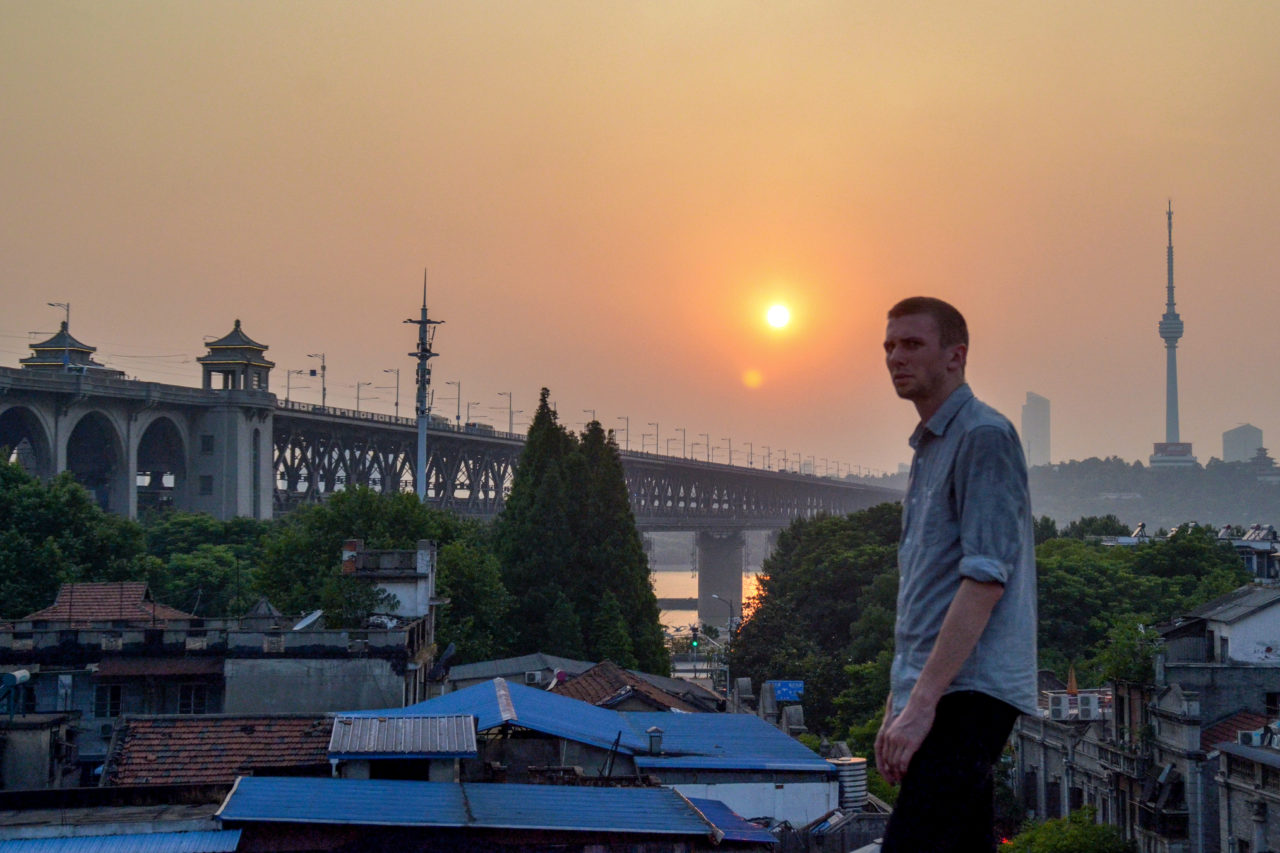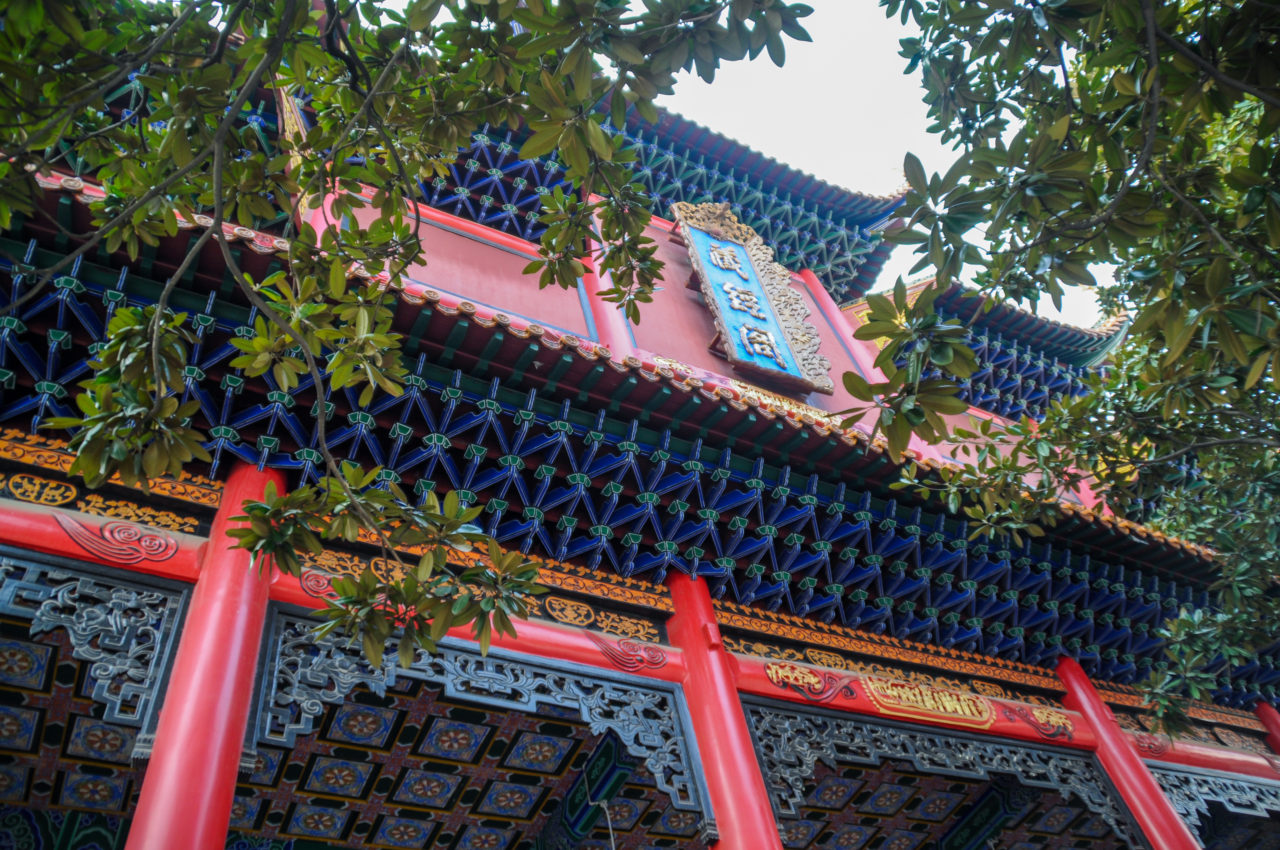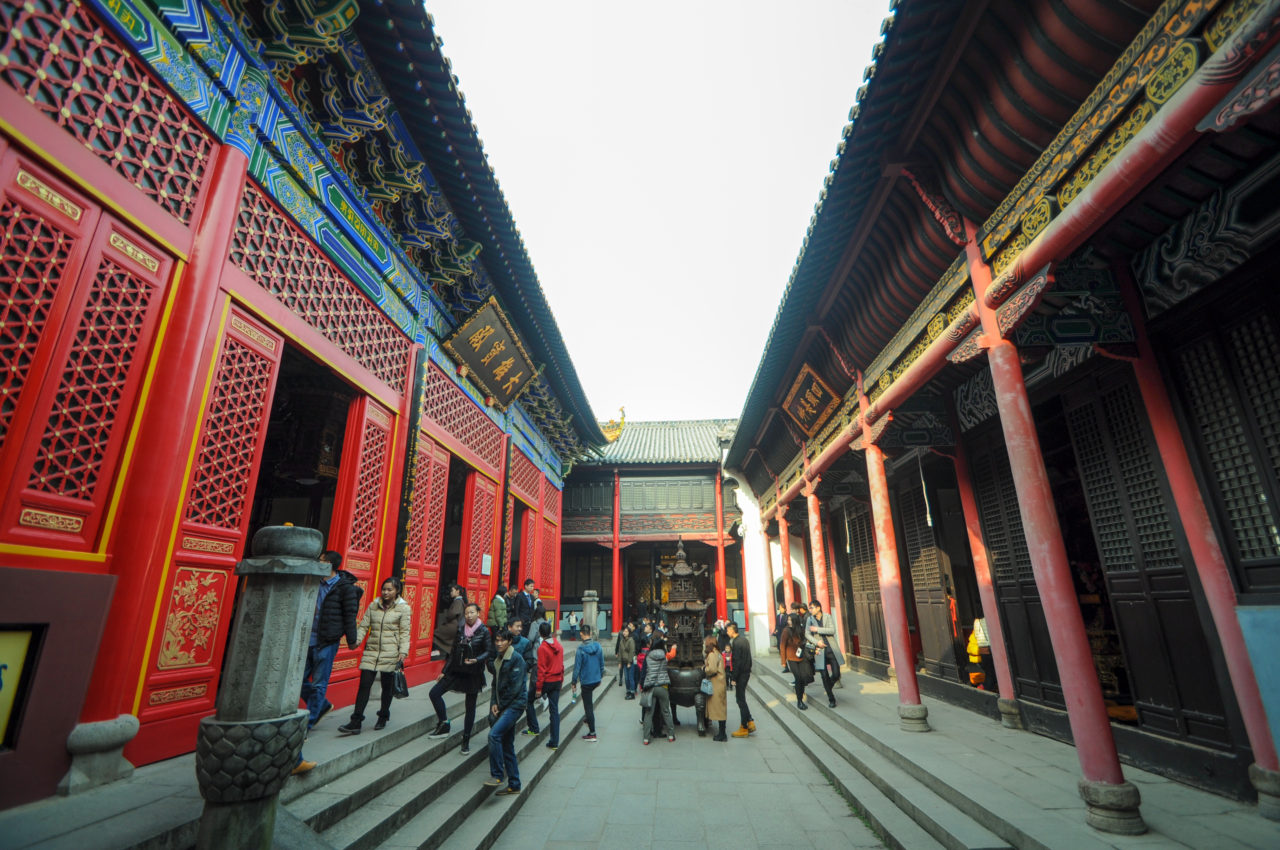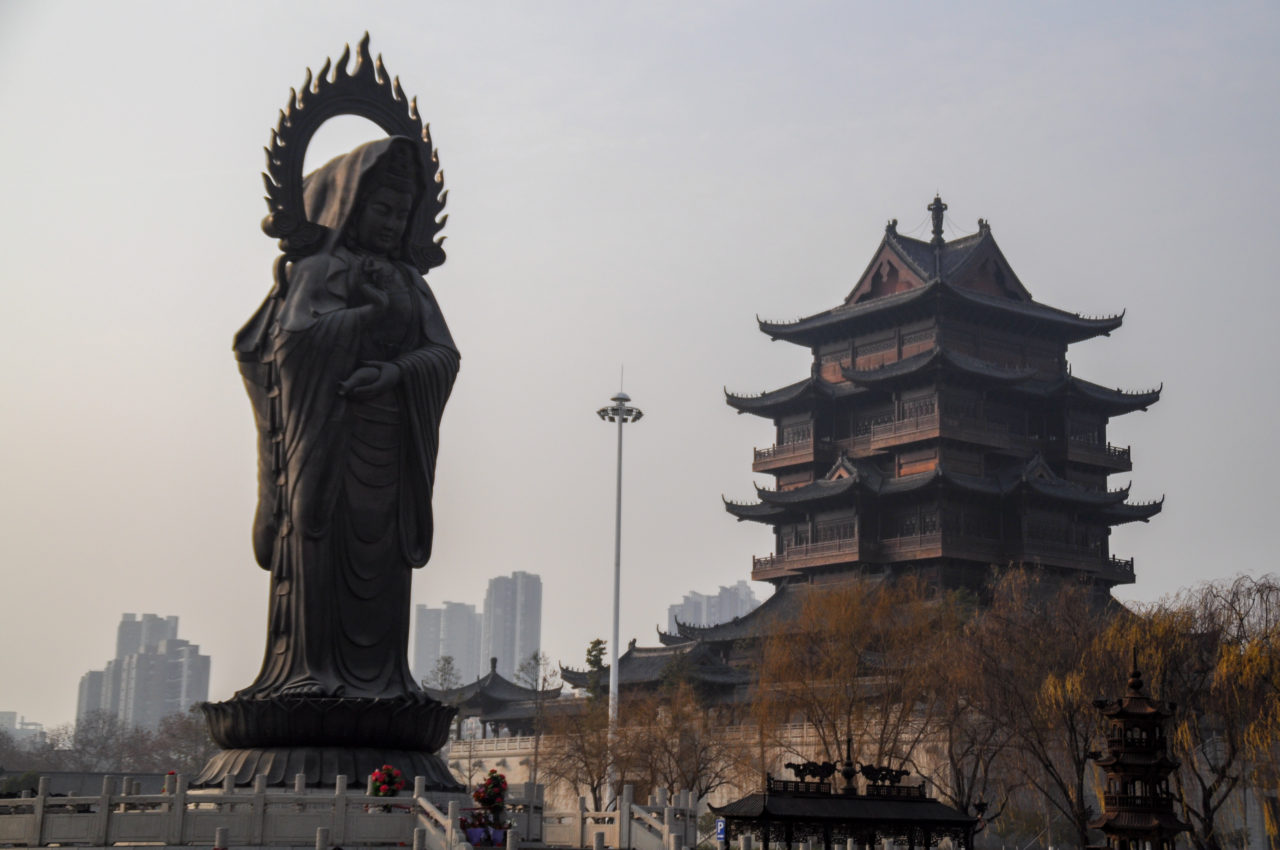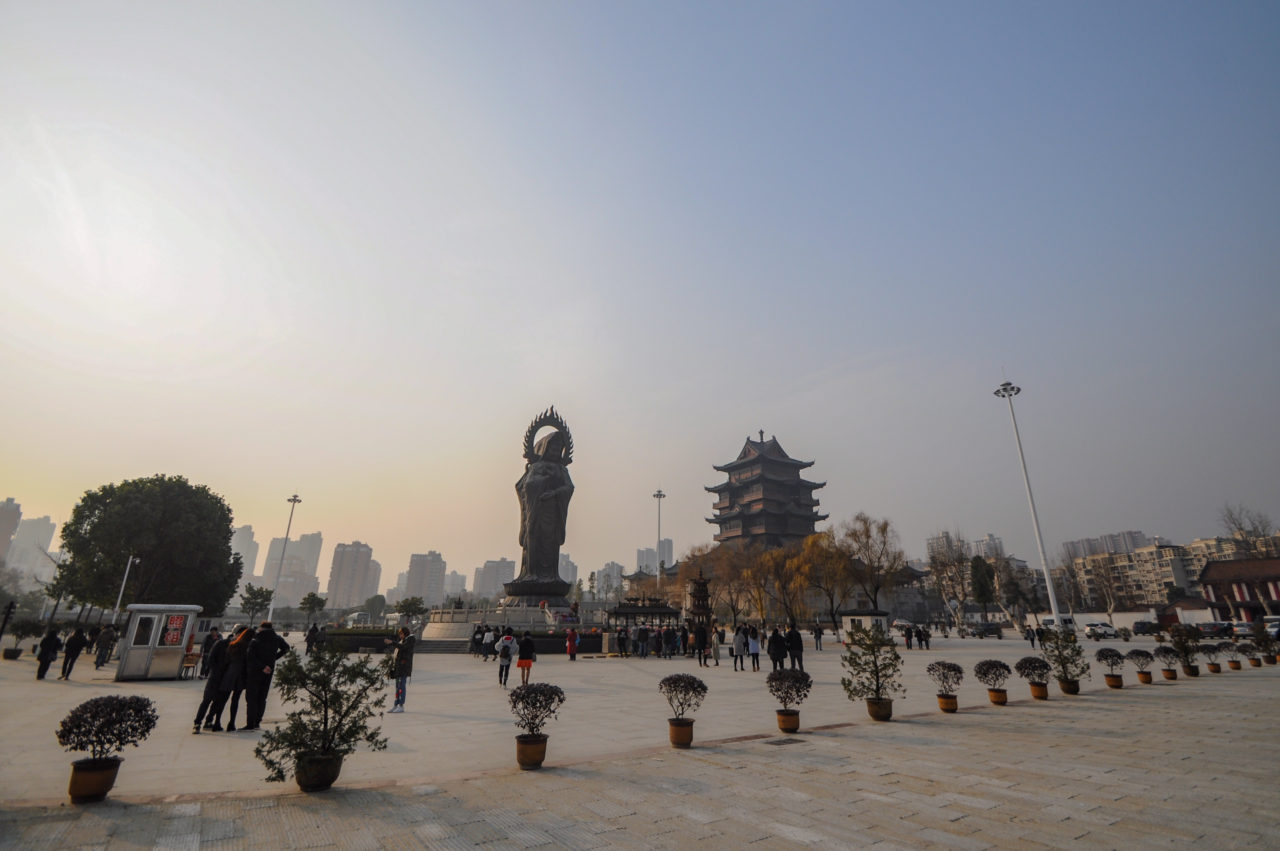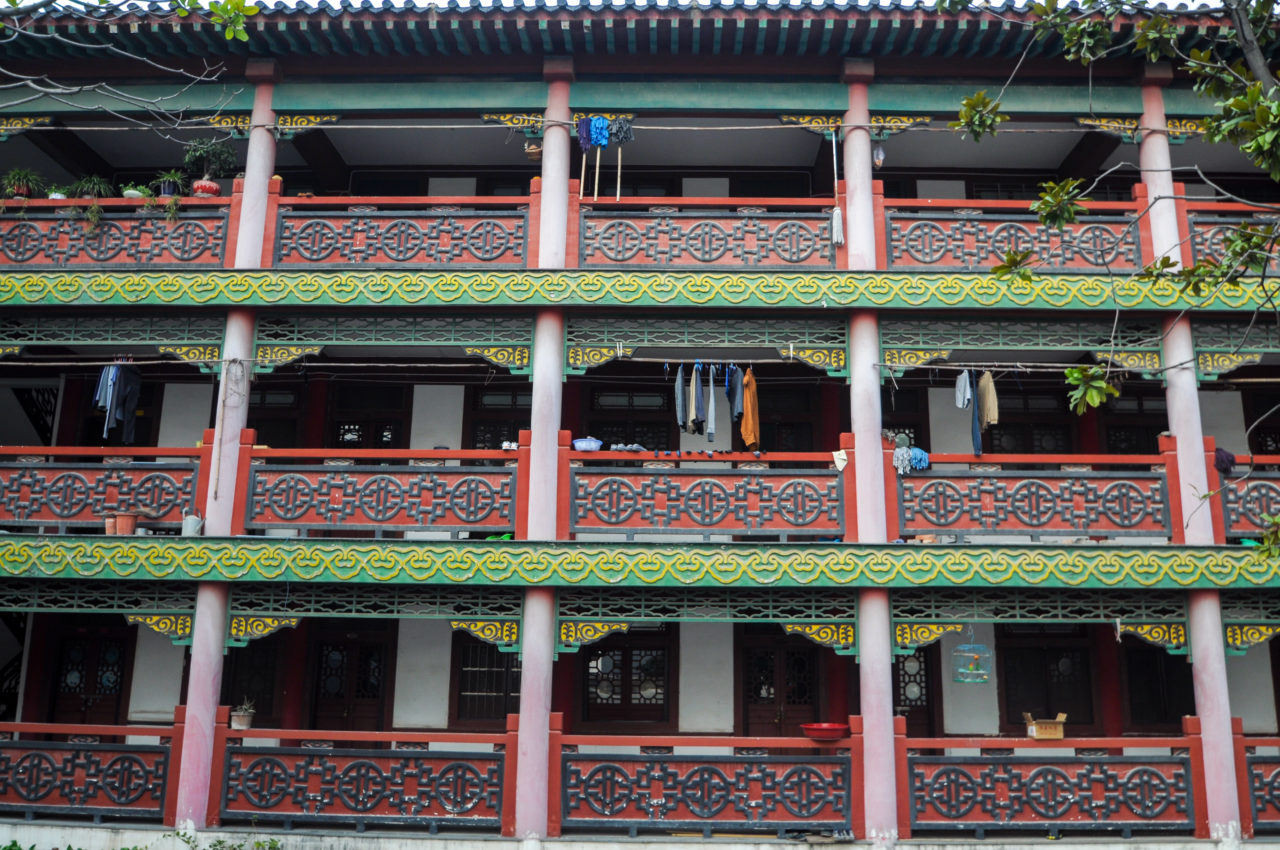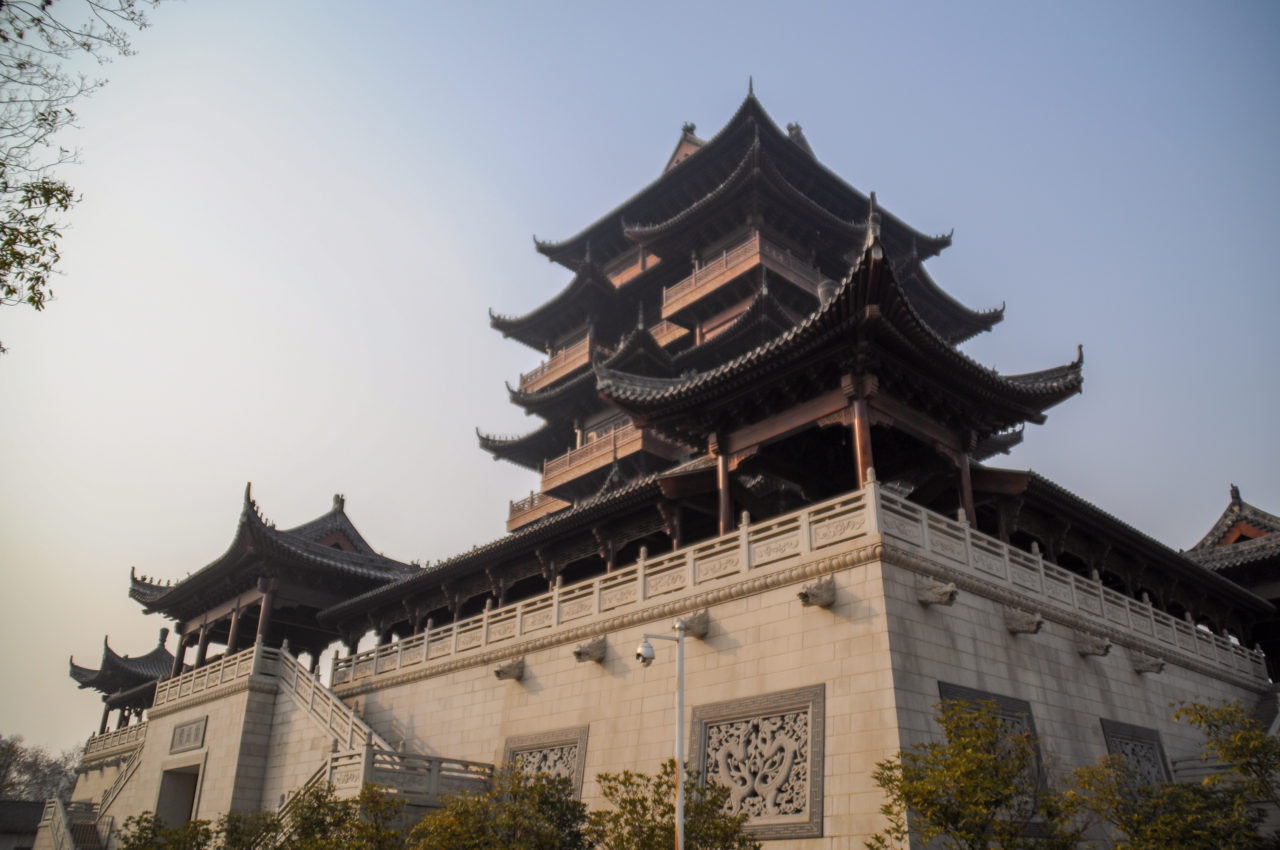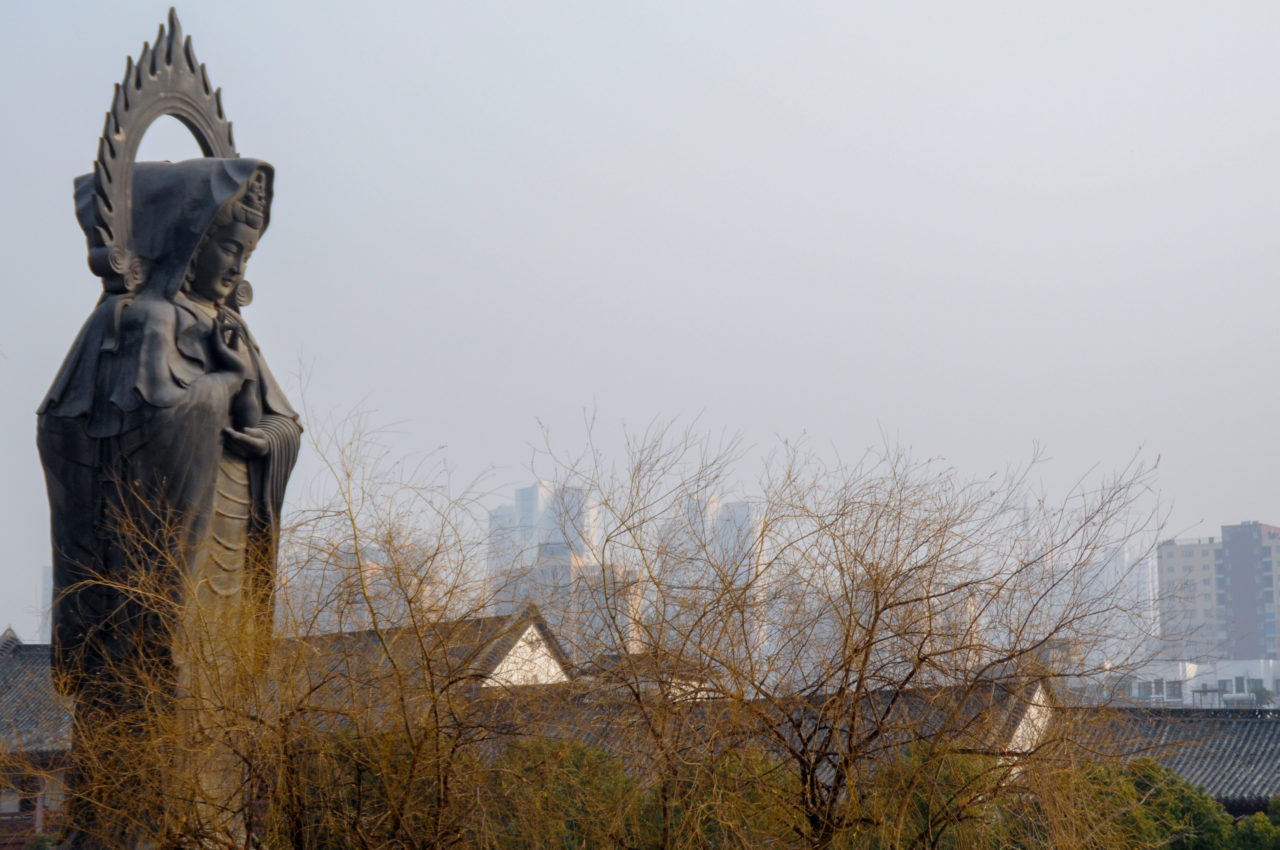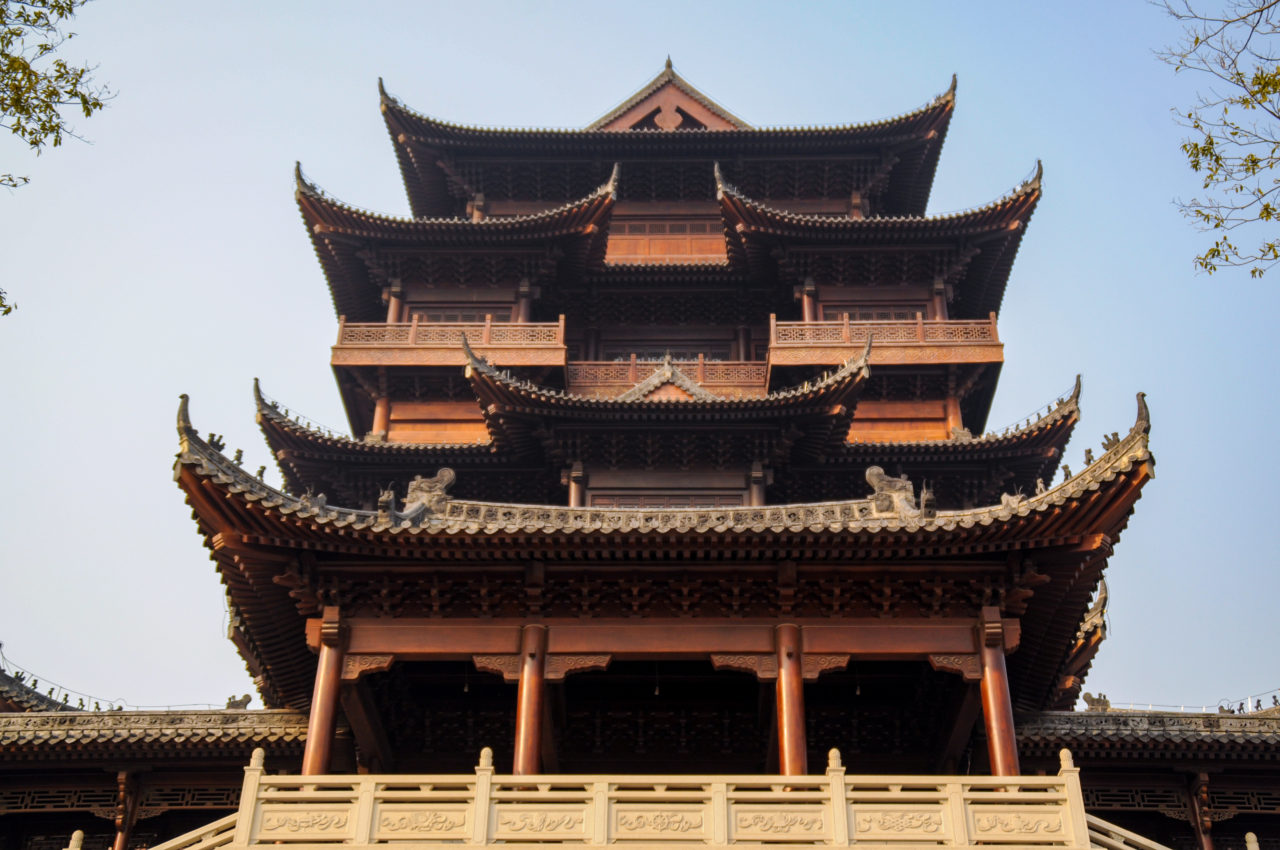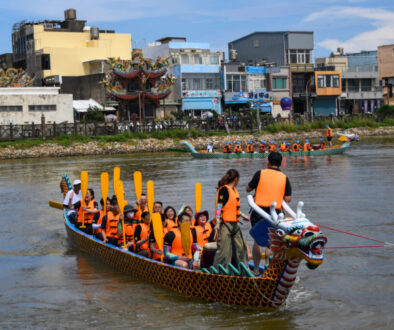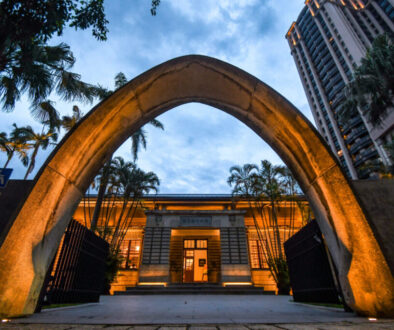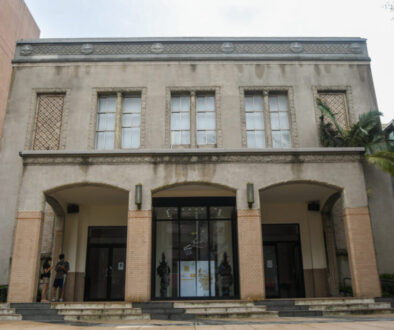Visiting Wuhan’s Guiyuan Temple 归元寺
Exploring the Big City
It won’t be pagodas such as the Guiyuan Temple or the Yellow Crane Tower that will have you hopping on the first train to Wuhan. The capital of Hubei Provence is the largest city by area in all of China but overlooked when compared to Shanghai or Chengdu. This sprawling city with massive skyscrapers on either side of the Yangtze River is a place where most travelers end up by accident. Without knowing where to go in Wuhan, you may be stuck roaming some of the most congested and seedy parts of the city.
On the surface, Wuhan might not have a whole lot to lure tourists to its banks. But once you start exploring the back-alleys and stroll alongside the Yangtze River, you may begin to become charmed by this enormous city with the soul of a small village. With light shows playing off of the sides of buildings, hidden temples tucked into sleepy suburbs, and winding alleys showcasing a more intimate side of city life. It is not uncommon for some travelers to fall in love with Wuhan to the point where they never leave. One of the most famous temples in Wuhan, that is still overlooked by foreign tourists, is the Guiyuan Temple. Hidden away deep inside of Hanyang.
Want to know what to do in Wuhan? You can read my ultimate guide to the city here!
Finding Guiyuan Temple
Wuhan is actually the product of three towns merging into one gargantuan city. Across the Yangzte River Bridge in Hanyang, you will find the Guiyuan Temple located in the middle of one of the more sleepy neighborhoods of Wuhan. Located on Wuhan’s Metro Line 4 you will want to take the train to Zhongjiacun (钟家村站) and exit from gate C, from there it is a short walk to the entrance to Guiyuan Temple.
It will be quite clear as you begin to approach the temple. You will find shops selling incense and Buddhist antiques on either side of the street as you make your way to the front gates. After paying you 10 RMB (1.50 USD) for a ticket, you will be free to explore the largest temple in all of Wuhan.
Wuhan is a massive city. You can find my complete city guide to Wuhan here!
Wandering the Courtyards of Guiyuan Temple
You will find many temples hidden behind skyscrapers and forgotten about in crumbling neighborhoods. These pagodas are well of the tourist trail and are only known to the locals. Guiyuan Temple, however, has made a name for itself as being the largest and most ornate monastery in all of Wuhan. Political visitors to the city are known to visit the temple right after climbing to the top of the Yellow Crane Tower on the other side of the river.
Built-in 1678 during the Qing Dynasty, Guiyuan Temple has seen new additions and expansions to its courtyards nearly every century. Unlike other temples in Wuhan, the grand halls and pagodas of Guiyuan have been built around winding paths, gardens, and ponds. Made up of 5 different courtyards, you will find blood-red pillars holding up ornate terracotta rooves housing the pensive figures of the Buddha. What really puts Guiyuan Temple on the map is the vast middle courtyard and the towering meditative figure of Guanyin towering over the nearby apartment blocks.
Looking for more temples in Wuhan? Be sure to check out Gude Temple!
An Empty Monastery
After counting the arhats and praying for good fortune, you may come across the decorative apartments of the monks who call Guiyuan Temple home. Unlike countries like Thailand and Nepal, monks are a bit of a rarity in China. While in Southeast Asia you can’t step out the door without running across one of these orange-clad Buddhists. In China spotting a monk is on par with a unicorn sighting. On top of that, there are many impersonators who don robes and wander the streets just to cheat unsuspecting bystanders.
It is not only the monks who have been kept out of the public eye for some time in cities like Wuhan. But Buddhism as a whole has lost a sense of its roots. Devotees should be striving for enlightenment when praying in the grand halls and studying ancient texts. But most people who frequent the grounds of Guiyuan Temple are seeking for Buddha to bless them with riches and other selfish desires.
One of the most beautiful parks in Wuhan is by East Lake. Read more on the Cherry Blossom park here!
Falling In Love With Wuhan
Guiyuan Temple is beautiful. The massive complex with its intricate carvings made directly into the wood of the buildings makes Guiyuan Temple one of the most breathtaking places in all of Wuhan. The terracotta curved rooves and looming statues of the gods are not enough to make you want to spend your entire holiday in Wuhan, however. Despite looking traditional from the outside, the temple lacks a soul. This is, without a doubt, due to the purge during the Culture Revolution.
Many of the religious sites throughout China may have been rebuilt, but they still struggle to revive a sense of spirituality. The renovated courtyards and halls of Guiyuan Temple no longer represents the Wuhan that is built around it. If the shrines and pagodas were allowed to show their wear, however, the temple would tell a story of perseverance and survival. Instead, Guiyuan Temple seems more like a rebuilt replica of what it once was.
A place such a Guiyuan Temple is a starting point to explore the rest of the city. The soul of Wuhan will not be found in the grand halls and with the statues of the temple, but in the back alleys and markets where the people bring the city to life.

